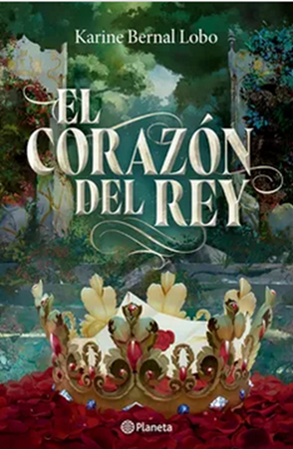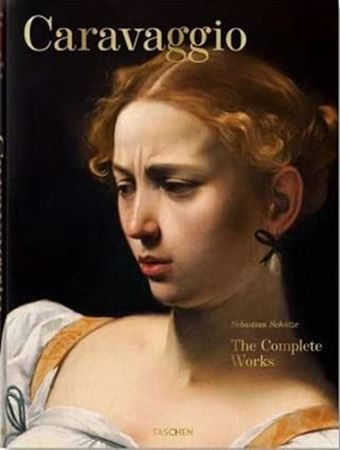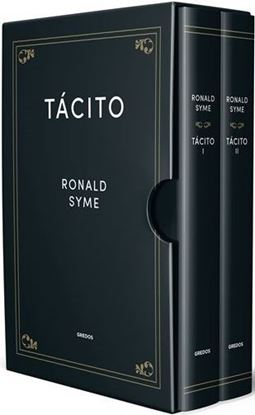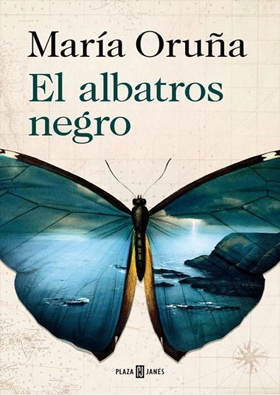

NOVEDADES
THE NEW YORK TIMES. CULTURED TRAVELER
Some travelers dig deep, with a sharp appetite for knowledge and minds wide open to what’s old and what’s new. In Cultured Traveler, the latest in the travel book collaborations between The New York Times and TASCHEN, these adventurers hum to Mozart in Vienna and tap their toes to dance music in Dar es Salaam. They pursue Hamlet in Elsinore, Picasso on the French Riviera, and Le Corbusier in India. They follow in the footsteps of Georgia O’Keeffe, Jackie Kennedy, and even Jesus.
3,995
3,196
TRAFALGAR. LA CORTE DE CARLOS IV (RAE)
Con Trafalgar y La corte de Carlos IV, Galdós emprendió uno de los proyectos más ambiciosos de la literatura escrita en español. Nadie ha repetido la proeza de convertir en ficción cerca de un siglo de nuestra historia (los años que van de 1805 a 1880) a través de cuarenta y seis novelas de corta extensión.
Escritos entre 1873 y 1912 y agrupados en cinco series, cada episodio es un relato autónomo, pero también es posible leer cada serie como una novela larga completa, cuyo nexo es la etapa allí reflejada en personajes históricos y ficticios, que viven los sucesos cuando se producen, entremezclados con sus experiencias cotidianas. La BCRAE presenta los dos primeros episodios, en los que domina, como en toda la Primera serie, la voz de Gabriel Araceli, casi un niño en el arranque de una acción rememorada en su vejez.
La presente edición analiza a fondo las características de la escritura galdosiana y atiende a las sucesivas fases de redacción de la novela, para establecer un texto seguro y autorizado, con una anotación adecuada a la inagotable riqueza verbal, imaginativa e historicista de los Episodios, más un estudio que da cuenta en su conjunto de este colosal e inigualado esfuerzo narrativo.
3,995
3,196
ESTUCHE TACITO I Y II
Aclamado a menudo como el mejor historiador romano y, en general, como uno de los prosistas latinos más brillantes, Tácito es una figura literaria clave sobre la que, sin embargo, existen muchas incógnitas. Son muchas las sombras que se ciernen sobre su vida y su obra. El influyente latinista Ronald Syme le dedica la que se considera la más completa monografía sobre el escritor. En ella no solo analiza de forma pormenorizada la obra conservada de Tácito, sino que ofrece un vasto contexto histórico y político tanto de su vida como de su obra.
Este estuche incluye los dos volúmenes de la obra sobre el historiador latino.
3,995
3,196
FILOSOFIA INDIA CLASICA
Peter Adamson y Jonardon Ganeri presentan los primeros mil años, partiendo de textos tan antiguos como las escrituras védicas y las Upaniṣads, para pasar a continuación al estudio de los sūtras, así como al desarrollo del budismo y el jainismo, y concluir con la influencia de la filosofía india en tradiciones como la griega y la islámica, evaluando así su impacto sobre el pensamiento occidental posterior.
Esta introducción a la historia de la filosofía india se destaca por guiar al lector, a partir de las propias fuentes, a través de la variedad y la densidad de los argumentos indios en todas las ramas del quehacer filosófico. Al mismo tiempo, resalta su valor para la discusión filosófica en general, en relación con debates contemporáneos sobre la conciencia, el lenguaje y la acción correcta, entre muchos otros.
3,995
3,196
EL LIBRO DE LAS SOMBRAS
Una selección inédita de más de trescientas pinturas, dibujos y grabados de espectros, demonios, hadas y brujas.
Un periplo mágico e inquietante al mundo de las sombras, de la mano de 150 maestros.
Una bella y sobrecogedora selección inédita de pinturas, dibujos y grabados del Romanticismo, el academicismo, el simbolismo y el prerrafaelismo, con la colaboración de expertos en historia de la magia, el espiritismo y la demonología.
3,995
3,196
PRINCE. LA HISTORIA DETRAS DE SUS 684 C.
Después de dos álbumes teñidos de funk y disco, Prince Rogers Nelson se convirtió en el maestro del Minneapolis Sound en 1980 con su tercer álbum, el sulfuroso y acertadamente llamado Dirty Mind.
Desde sus primeros discos para Warner Bros. Records, el hombre que pronto sería apodado el Kid de Minneapolis dedicó su vida a una abundante y variada producción musical.
Prince atravesó la década de 1980 con una irreverencia y audacia que lo caracterizarían. Después de encadenar varios éxitos (Little Red Corvette, Purple Rain, Kiss, Sign O' The Times o Batdance) y más de 100 millones de discos vendidos, Prince supo reinventarse con cada uno de sus discos, burlando las predicciones de quienes lo creían muerto, resurgiendo constantemente de las cenizas, y siempre sorprendiendo a través de nuevas direcciones artísticas.
De Madonna a Miles Davis, de Michael Jackson a Kate Bush, todos los grandes nombres de la música popular quisieron grabar con él. Tras la inesperada muerte del cantautor en 2016, The Prince Estate ha trabajado para exhumar de The Vault, su bóveda acorazada de Paisley Park (su casa-estudio), álbumes preciosos hasta ahora inéditos. Miles de canciones aún reposan allí; cada lanzamiento es un evento global.
3,995
3,196

























